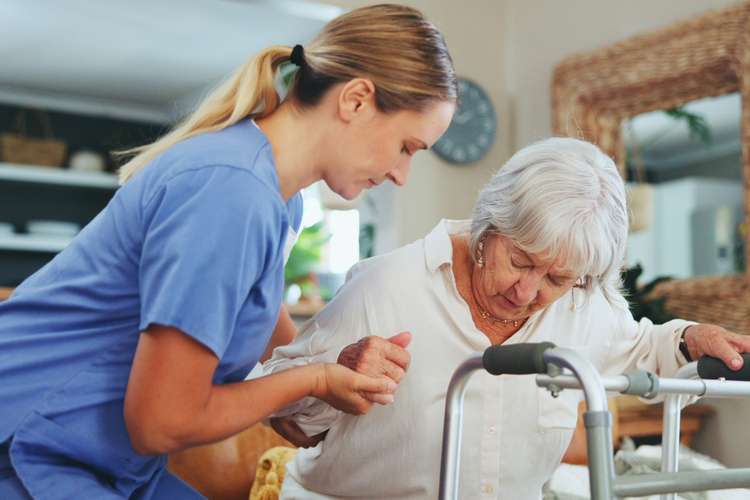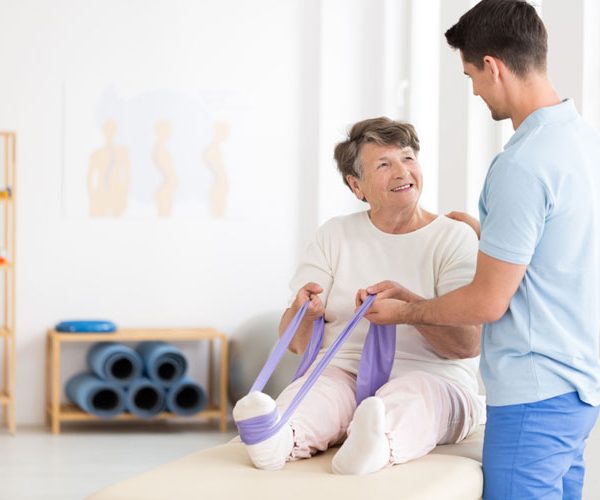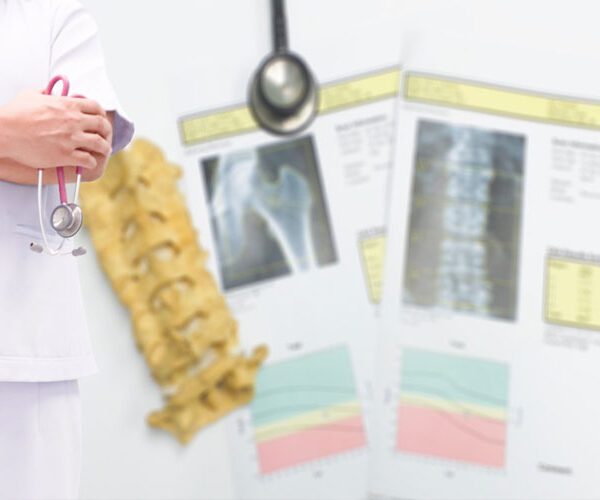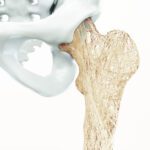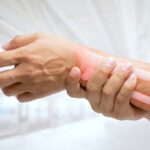Osteoporosis, known as the “silent disease,” weakens bones without symptoms until a fracture occurs. A broken bone can be a life-changing injury, yet many people don’t realize that osteoporosis could be the underlying cause. Addressing this connection quickly after a fracture is vital—not just for recovery, but to Preventing Fractures in the future.
Why Post-Fracture Osteoporosis Screening Matters
For individuals over 50, a first fracture is often a warning sign of osteoporosis. Surprisingly, many patients never receive an evaluation for bone density or treatment following their injury. Considering that over 53 million Americans are at risk for osteoporosis, screening is essential.
An osteoporosis evaluation typically includes reviewing medical history, family fracture history, medications, and a bone mineral density (BMD) test. Early diagnosis allows patients to take proactive steps to strengthen their bones and prevent repeat injuries.
Strengthening Bones Through Education and Action
Educating patients about bone health gives them the tools to protect themselves. Beyond medications, strategies to improve bone strength include:
- A calcium and vitamin D-rich diet, including supplements if needed
- Reducing sodium intake
- Meeting daily protein requirements
- Avoiding smoking and excessive alcohol use
- When patients understand their treatment options and the importance of prevention, they’re more likely to take action. Clear communication between healthcare providers and patients fosters better decision-making and adherence to recommendations.
Staying Active to Prevent Future Falls
After a fracture, some patients limit physical activity out of fear. However, avoiding exercise weakens bones and muscles, increasing the risk of falls and fractures. Weight-bearing exercises, like walking and resistance training, help build bone density and improve balance, flexibility, and strength—all key to fall prevention.
Other simple steps include:
- Correcting vision or hearing impairments
- Reviewing medications for side effects that increase fall risk
- Assessing homes for hazards like loose rugs, poor lighting, or clutter
Take Action After the First Fracture – Preventing Fractures
Preventing a second fracture starts with quick action. Patients and clinicians must prioritize bone evaluations, proactive treatment, and fall prevention strategies. With proper support and education, patients can take control of their bone health and reduce the risk of further injuries.
For more information about osteoporosis care and fracture prevention, consult trusted resources like the National Osteoporosis Foundation and National Institutes of Health.
Beammed – Portable bone Scanner
For patients seeking quick and effective bone health evaluations, the BeamMed Portable Bone Scan offers a convenient solution. This advanced technology provides accurate bone density measurements, helping clinicians identify osteoporosis early and assess fracture risk. Its portability makes it ideal for clinics, hospitals, and on-the-go screenings, ensuring patients get the care they need when and where it matters most while preventing fractures. Call 800-769-6808 or fill out the quick form.

